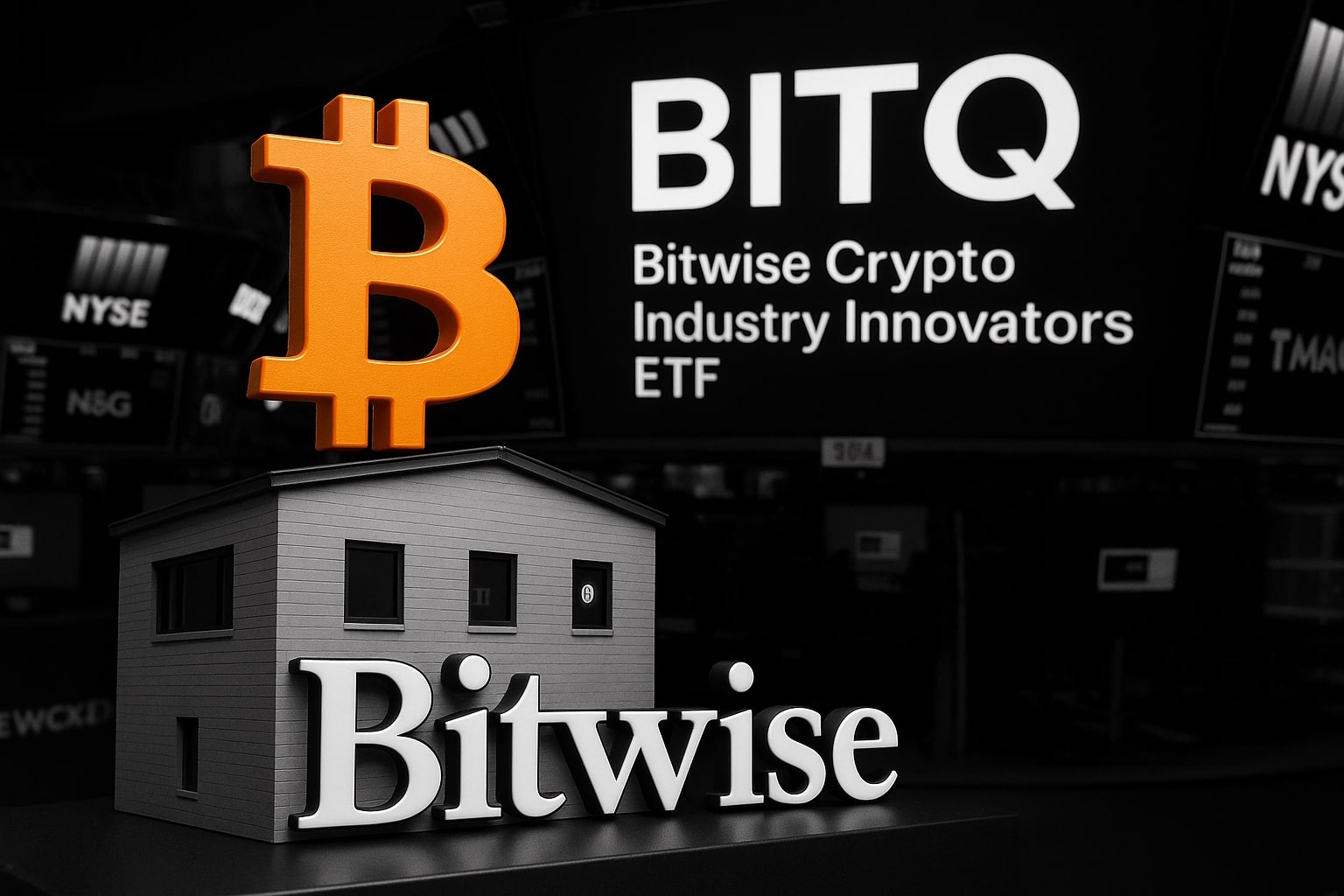Palantir (NASDAQ:PLTR) Stock Powers Ahead on Institutional Buying, AI Contracts, and Commercial Expansion—But Is Valuation Overheating?
Institutional Flows, Retail Surge, and Governance Shape NASDAQ:PLTR’s Evolving Ownership Landscape
NASDAQ:PLTR has staged an explosive rally, gaining over 69% year-to-date and up 17% since early May alone. Trading recently at $127.70 after pulling back from a $131.00 high, Palantir Technologies Inc. is no stranger to volatility—but this year’s rally is showing new legs as institutional interest builds. Historically dominated by retail, PLTR is now seeing institutions steadily accumulating shares, with potential for an additional 10% of the float shifting into longer-term hands as the stock matures. This evolving ownership base is reducing short-term volatility and increasing structural support. Short interest has declined despite price gains, suggesting the stock is moving on institutional conviction, not just speculative cycles.
While retail enthusiasm drove initial surges, institutional ownership is set to expand further as Palantir’s revenue base stabilizes, AI momentum drives contract wins, and financial metrics improve. The key governance hurdle remains the founder-class voting structure—Alex Karp and Peter Thiel retain substantial control—which some funds have long viewed as a red flag. But with Palantir’s fundamentals now solidifying, that headwind may gradually fade.
Government Contracts and Defense Business Drive Core Growth for NASDAQ:PLTR
Palantir’s government-facing operations remain its financial bedrock. Recent wins underscore this strength: a $795 million U.S. Department of Defense deal and new contracts with NATO for its Maven Smart System. The Foundry platform is now embedded in at least four U.S. federal agencies, aligning with recent executive orders to enhance inter-agency data sharing. These moves position Palantir as a central player in federal digital transformation, though not without controversy.
The company also reported a $113 million increase in U.S. government revenue under the Trump administration, adding to its growing federal pipeline. Despite ongoing debates about privacy and data ethics—including concerns from former Palantir engineers over potential misuse of citizen data—CEO Alex Karp remains defiant, recently stating, “If you don’t like the price, exit.” This blunt stance has not deterred investors—PLTR jumped 7% the day after the remarks.
Commercial Segment and International Markets Fuel Next Growth Phase
Beyond government, Palantir is aggressively expanding into commercial markets. The recent partnership with Google Cloud to scale the FedStart platform illustrates ambitions to dominate federal cloud services, while new partnerships with Fannie Mae and the Joint Commission hint at healthcare and financial services growth.
Still, international markets remain a relatively untapped frontier. Palantir’s global presence is nascent compared to U.S. dominance, leaving room for expansion. However, the company’s close ties to U.S. intelligence could complicate regulatory approvals in certain foreign jurisdictions.
AI Tailwinds and AIP Momentum Drive PLTR’s Strategic Appeal
The Artificial Intelligence Platform (AIP) is fast becoming a core driver of enterprise adoption. Palantir’s positioning as a go-to AI layer for defense and intelligence gives it a unique moat versus traditional data platforms like IBM or Oracle and AI-first firms like Snowflake. While AI demand is lifting all boats, PLTR’s deep government relationships and vertical integration are differentiators.
This tailwind supports the stock’s lofty valuation—but execution risk remains. Any slowdown in AI-related contract flow could quickly pressure expectations.
Valuation Analysis: Lofty Multiples and Long-Term Potential
Current valuation metrics underscore both opportunity and risk. Forward P/E now stands at 219.4x, nearly double PLTR’s five-year average of 127.7x. EV/Sales is a staggering 76x, and Price/Sales is 77.3x. These multiples reflect near-perfection expectations.
Free Cash Flow Yield has dropped to 0.7%, down from 1.8% in late 2024, as share price gains have outpaced FCF growth. Yet this pattern is not unprecedented. A similar compression occurred for Microsoft during its early cloud scaling phase. If Palantir can mirror that path, valuation may be justified by future earnings leverage.
Scalability Signals: R&D Efficiency Improving, Revenue Acceleration Possible
A critical positive trend is R&D leverage. Despite steady R&D spend as a percentage of revenue, Palantir’s QoQ Revenue Growth/R&D Expense ratio has improved, indicating higher revenue yield per R&D dollar. This suggests the company is shifting from a build phase toward a monetization phase. Improved scalability could mitigate valuation risk over time.
Retail and Institutional Balance: A Structural Shift in the Making
NASDAQ:PLTR remains a retail-favored stock, but the ownership dynamic is shifting. A projected move toward 60% institutional and 30% retail ownership could add structural stability. As institutions accumulate and retail traders gain patience, the stock’s volatility should moderate, supporting higher institutional allocations over time.
Short interest trends confirm this shift. Recent data show declining short positions even as price has surged—a bullish technical signal that suggests PLTR is no longer driven by speculative squeezes alone.
Ethical Concerns and Regulatory Scrutiny: A Watch Point for Investors
The company’s expanding role in federal data integration, particularly via Foundry, has reignited concerns about privacy and potential surveillance. While Karp has strongly denied allegations of misuse, regulatory scrutiny could still emerge as a risk factor. Ethical debates may not derail PLTR’s core business, but investors should monitor this evolving landscape.
Technical Setup: Momentum Strong but Watch for Pullback
Technically, NASDAQ:PLTR faces near-term resistance after the recent run. RSI has cooled to 55, down from early June’s 68. EMA21 and EMA50 levels offer initial support; if broken, the stock could test the EMA200 level. A pullback to digest gains would be healthy given stretched valuations.
Recent price action highlights this dynamic. Following an 8% drop to $121.57 during the Musk-Trump feud-driven market noise, PLTR rebounded 8% the next day, closing at $127.70. This resilience speaks to underlying demand, but near-term caution is warranted.



















